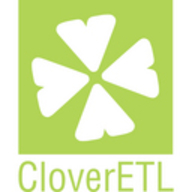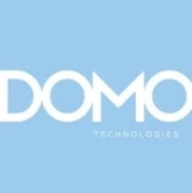

CloverETL and Domo compete in data integration and business intelligence markets, respectively. Domo has the advantage with its extensive feature set, although CloverETL may be preferred for specific data transformation tasks.
Features: CloverETL provides flexible ETL capabilities, customizable workflows, and an open architecture for system integration. Domo offers data visualization, dashboards, and real-time reporting. The primary distinction is CloverETL's focus on the ETL process versus Domo's emphasis on actionable insights and visual analytics.
Ease of Deployment and Customer Service: CloverETL uses a traditional deployment model with on-premise installations, requiring longer setup times but offering control over the data environment. Domo offers cloud-based deployment for faster implementation and scalability. Both platforms provide comprehensive customer support, but Domo's support is recognized for accessibility and responsiveness, aiding in onboarding and issue resolution.
Pricing and ROI: CloverETL offers a modular pricing model with lower setup costs, providing a higher ROI for businesses primarily focused on ETL processes. Domo has higher initial investment costs due to its broad suite of features, with potential for greater ROI through enhanced data insights and decision-making capabilities.
| Product | Market Share (%) |
|---|---|
| Domo | 0.7% |
| CloverETL | 0.5% |
| Other | 98.8% |

| Company Size | Count |
|---|---|
| Small Business | 16 |
| Midsize Enterprise | 11 |
| Large Enterprise | 20 |
Domo is a cloud-based, mobile-first BI platform that helps companies drive more value from their data by helping organizations better integrate, interpret and use data to drive timely decision making and action across the business. The Domo platform enhances existing data warehouse and BI tools and allows users to build custom apps, automate data pipelines, and make data science accessible for anyone through automated insights that can be shared with internal or external stakeholders.
Find more information on The Business Cloud Here.
We monitor all Data Integration reviews to prevent fraudulent reviews and keep review quality high. We do not post reviews by company employees or direct competitors. We validate each review for authenticity via cross-reference with LinkedIn, and personal follow-up with the reviewer when necessary.